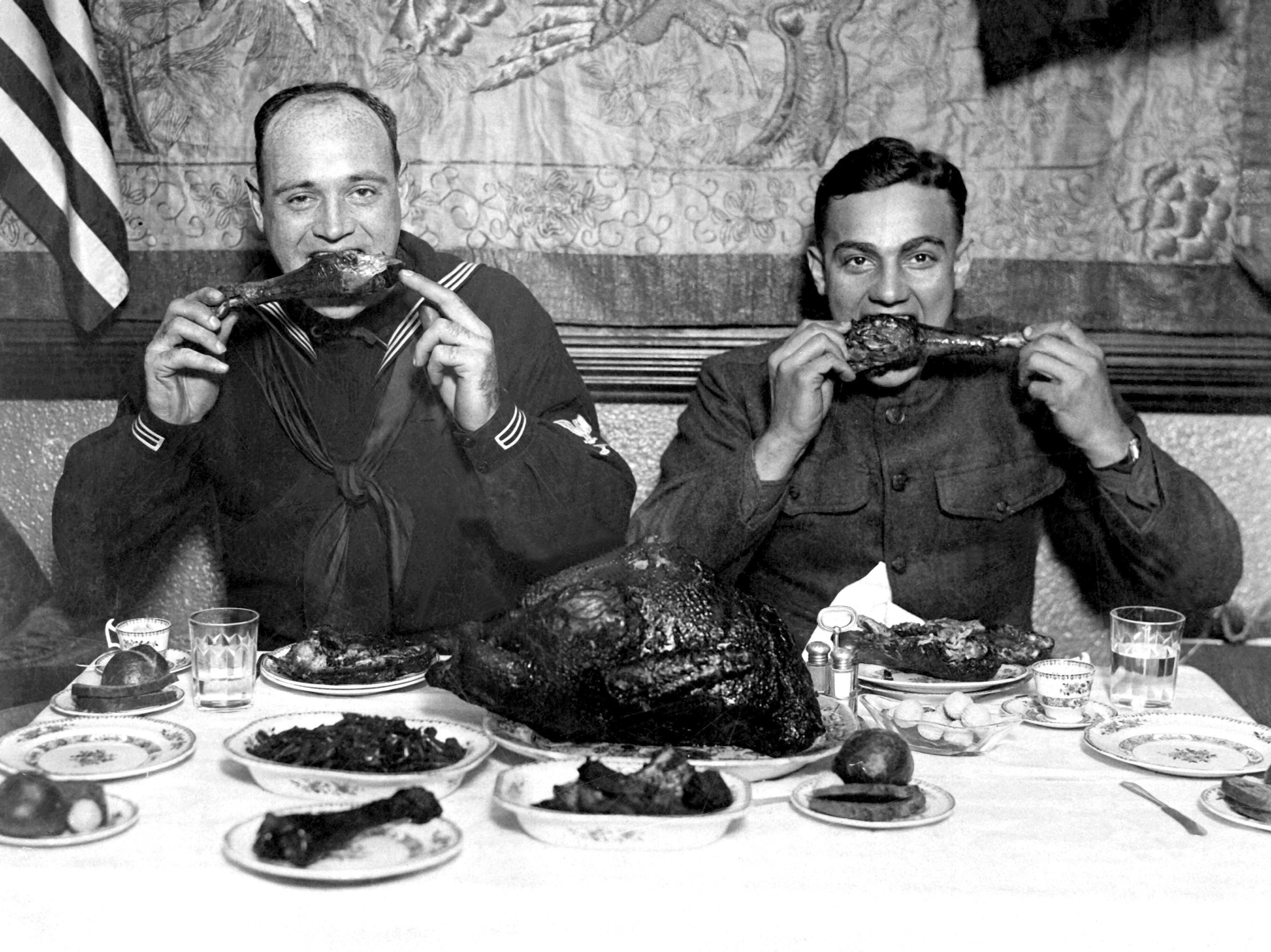
[This is the next in a series of guest posts about healthy diet and lifestyle from Dave Banko.]
Counting calories was the subject of a major debate in my Facebook weight-loss support group, and the short answer is: there is no correct answer. A lot depends on you and how much you need to lose.
When I started losing weight and weighed over 360 lbs, I didn’t need to count calories. The idea of a food diary and researching calorie content for everything I ate was too extreme for me, and the changes I was already making to my eating lifestyle resulted in dropping the weight relatively easily.
When I got down to around 250 lbs, it was becoming more difficult. With a much smaller percentage of body fat left to lose, and so many cuts already made, the margins were smaller, and I found I had to start counting calories to work off the last pounds.
If you want to start counting calories, smart phone apps make the process much easier. I researched 3 different ones and settled on My Fitness Pal. I only use the free version, and haven’t seen a need yet for the premium services.
This app has a huge database of foods to search and automatically load, including many restaurant menu items which makes going out to eat easier. You can also pre-load and copy items. And it interfaces with a number of activity/step trackers like Fitbit so you can automatically include the calories burned from exercise.
Two of the most interesting functions I found are 1) the ability to track what I ate against my weight the next day, and 2) the ability to pre-plan meals.
- The 1st thing I did was track my normal usage for 1 week, then started experimenting with diet and exercise over a 2 week period. While the average male stat is 2500 calories per day, I found for me the break-even point was 2200. If I ate more than 2200 calories, I generally gained weight, and if I ate less than 2200 calories, I generally lost weight. I say ‘generally’ because it isn’t an exact formula. Calorie counting is only a tool, but not the only tool you should use to lose weight as there are many other factors too.
- The 2nd is the ability to pre-plan. If I know what I am planning to eat for the day, or what restaurant I’m going to, I can look up the items I plan to eat and the calorie content and see how it fits so I know how much I can consume and stay within my daily allowance. Also, if I’d like a glass of wine, some chocolate or ice cream, I can add this in and know where I need to cut back in other areas to have my treat and stay within the limits.
Someone asked me about cheating, by not entering everything. This tool is for me, to help me with eating healthy. The only person I’m cheating by not using the tool properly is myself.
One final point, as referenced above, your body is very complex, and simply counting calories will not do it. If you are staying within your calorie limits, but the majority of the food you consume is unhealthy or out of proportion, it will have negative effects on your health and you may still gain weight. One calorie is not like every other calorie!
So, if you decide to count calories or use something like the Weight Watchers point system, your first step should be to adjust to healthier foods in the correct ratios. Then you can use a calorie counting tool to help control the portion sizes.
As always, feel free to contact me at daveb.uk@hotmail.com with any comments or questions not covered. [Crew Dog: Or comment below.]






